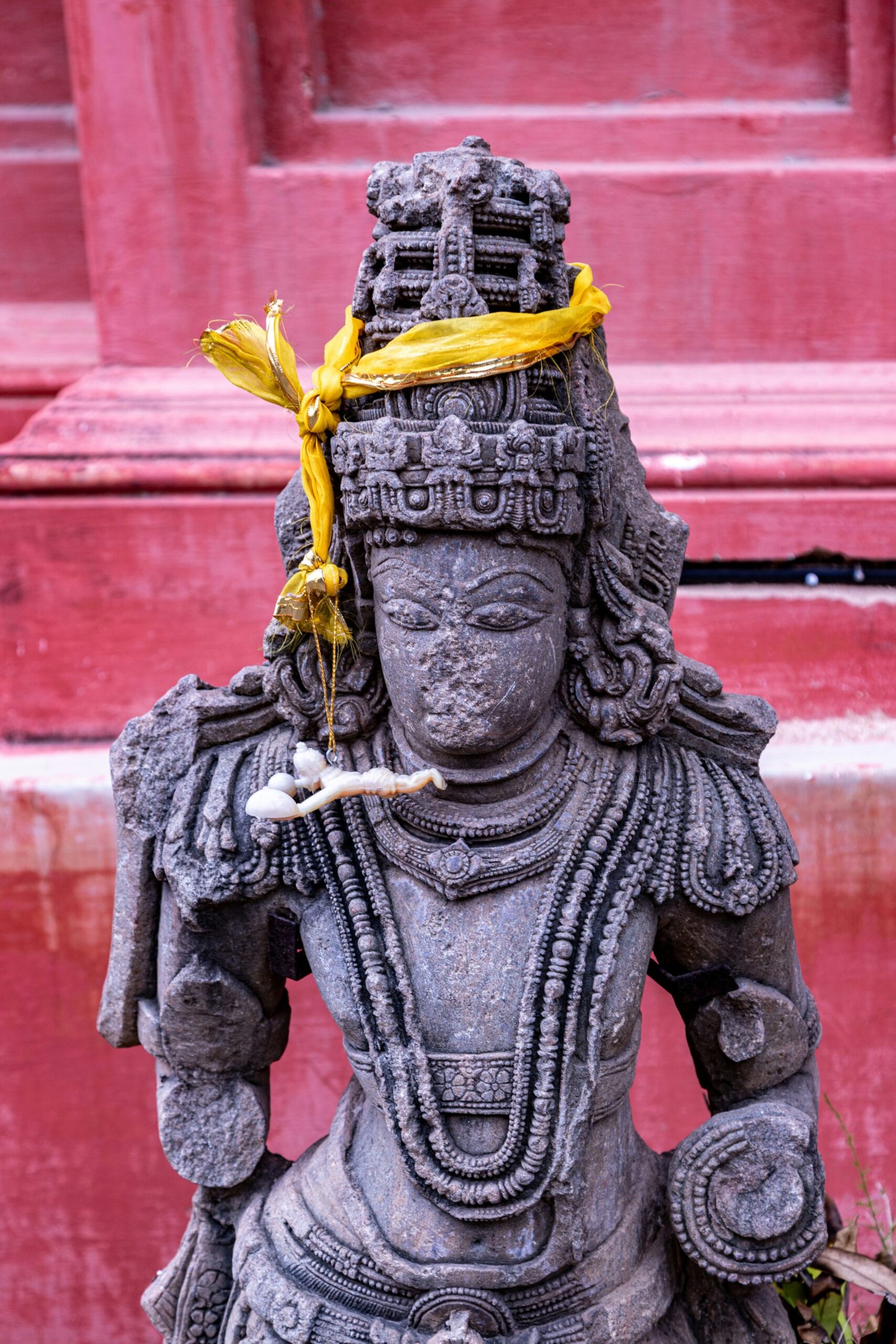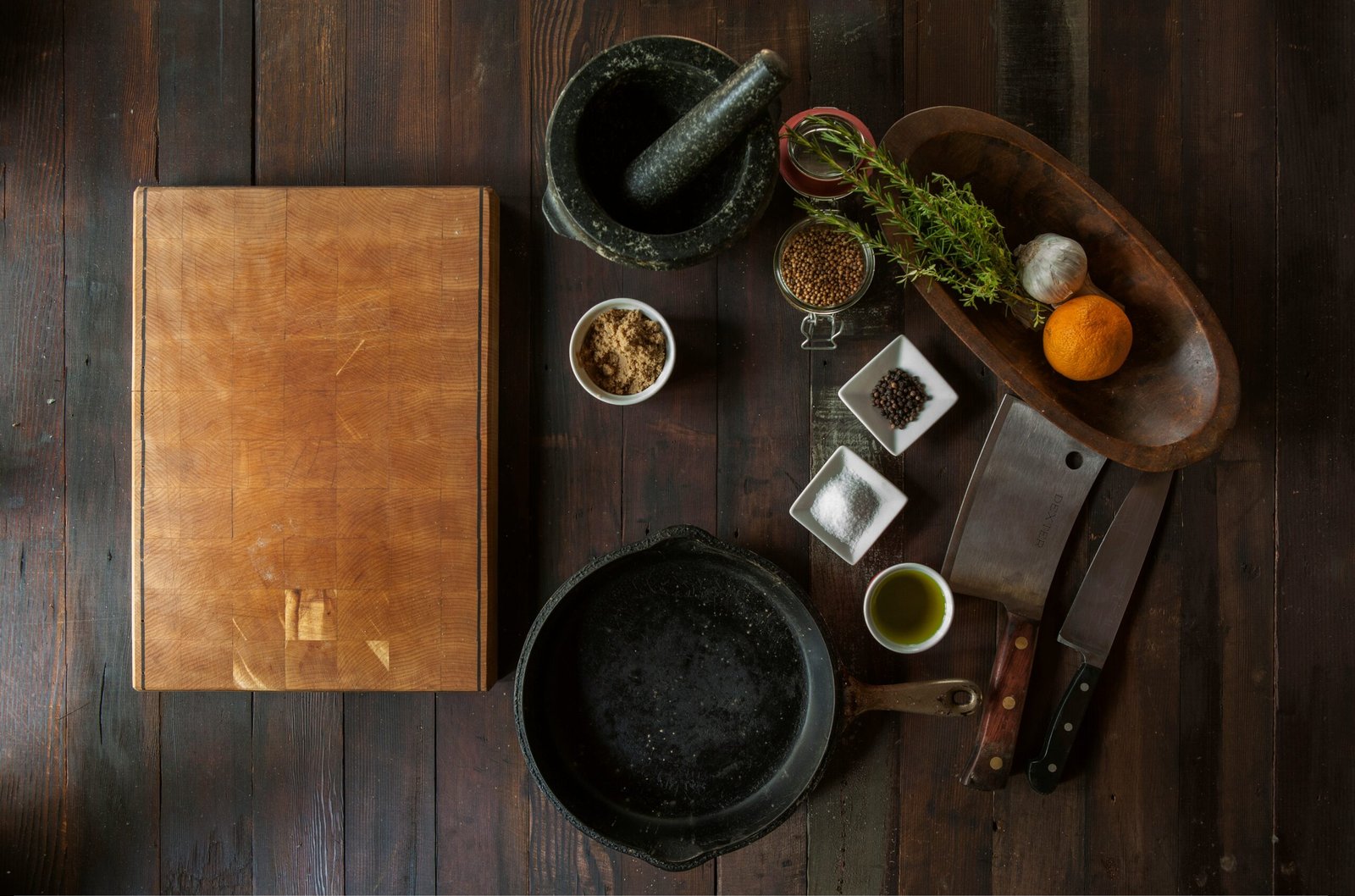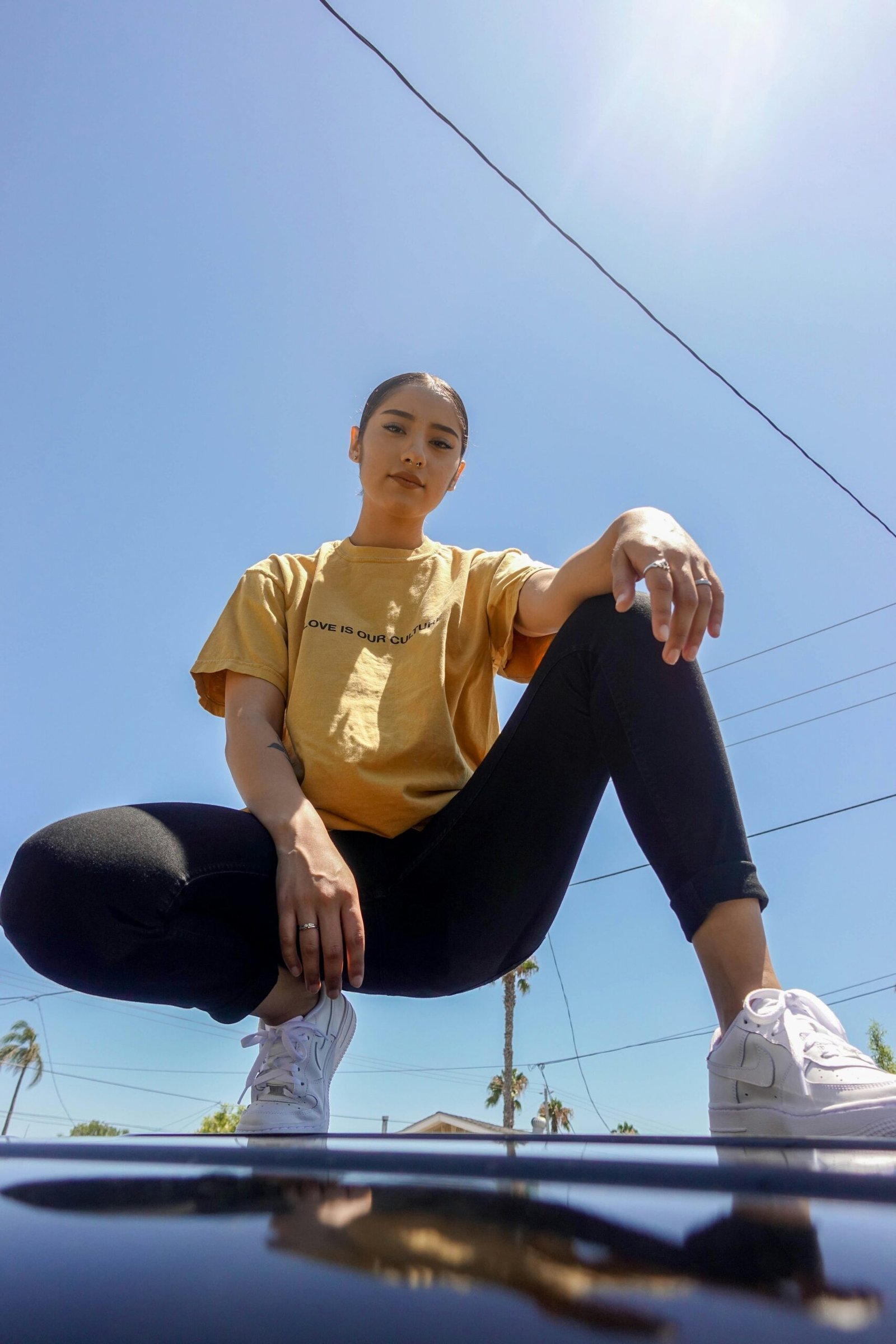Introduction
Cultural heritage refers to the legacy of tangible and intangible attributes of a group or society, encompassing traditions, languages, rituals, and artifacts that are inherited from past generations. For individuals, especially young students like Aisha, understanding cultural heritage is vital for fostering a sense of identity and belonging in an increasingly interconnected world. The exploration of cultural heritage contributes to personal growth, allowing individuals to appreciate their roots while also fostering respect for diverse traditions and practices.
In educational settings, the diversity of cultural backgrounds among students enriches the learning environment. Schools become microcosms of society, where myriad cultural narratives coexist. This diversity not only broadens perspectives but also encourages empathy among students. Engaging with different cultural heritages empowers students to develop critical thinking skills as they learn to navigate complex social landscapes. For young learners like Aisha, exposure to varied cultural expressions nurtures a deeper understanding of their own identity and the identities of their peers.
The promotion of cultural heritage within schools can lead to stronger community bonds. When students are encouraged to share their cultural practices, it paves the way for meaningful interactions and collaborations. Celebrating these traditions creates an atmosphere of mutual respect and appreciation, transforming the school community into a more inclusive space. By valuing cultural diversity, schools can cultivate an environment where all students feel valued and heard. As students like Aisha engage with their cultural heritage and that of others, they contribute to a richer, more harmonious school community, ultimately preparing them for the diverse world beyond their classrooms.
Meet Aisha: A High School Student from Morocco
Aisha is a spirited 17-year-old high school student residing in the vibrant city of Marrakesh, Morocco. Growing up in a culturally rich environment has profoundly shaped her identity, instilling in her an appreciation for the complexities and nuances of Moroccan heritage. Her parents, deeply rooted in their traditions, fostered Aisha’s curiosity about the cultural practices that define their community. Through family gatherings, traditional music, and local art, Aisha has developed a strong connection to her cultural roots, which she values immensely.
Having spent her formative years surrounded by a tapestry of traditions, Aisha has become increasingly aware of the significance of preserving cultural heritage. This awareness has fueled her motivation to learn more about the customs and historical narratives that have shaped her upbringing. She often engages in discussions with her family about the various aspects of Moroccan culture, such as the importance of festivals like Eid al-Fitr, and the rich symbolism embedded in local craftsmanship. Aisha finds joy in exploring these traditions, which serve as a bridge connecting her to her ancestors and the broader community.
Aisha’s aspirations extend beyond just appreciation; she aims to become an advocate for cultural heritage in her community. She actively participates in school clubs and community events that celebrate Moroccan culture, fostering awareness among her peers. Additionally, Aisha has a keen interest in documenting her findings through writing and multimedia projects. By doing so, she hopes to contribute to the narrative of her cultural identity and inspire others to explore their own roots. Through her journey of understanding and celebration, Aisha embodies the vibrant spirit of Morocco and highlights the importance of cultural heritage in shaping individual identities.
The Exchange Program: A New Experience
Aisha’s journey towards embracing cultural diversity begins with her enrollment in an exchange program designed to facilitate cross-cultural interactions among students from various backgrounds. Anticipation and excitement fill her with a sense of wonder as she prepares for this unique opportunity. Her expectations are lofty; she hopes to learn about different customs, languages, and worldviews, fostering a deeper understanding of the globe’s rich tapestry of cultures. Aisha’s eagerness stems from her desire to break down barriers and form meaningful connections with peers from different parts of the world.
However, the initial days of the exchange program present unexpected challenges. Aisha grapples with feelings of anxiety and uncertainty as she steps into a new environment, surrounded by unfamiliar faces and diverse traditions. The initial language barrier proves to be a significant hurdle, prompting her to navigate through misunderstandings that arise in conversations. Nevertheless, Aisha perseveres, determined to overcome these obstacles. With each passing day, she learns to embrace the beauty of diversity, recognizing that different perspectives enrich her understanding of life.
As Aisha begins to engage with her fellow students, she slowly bonds with them through shared activities and collaborative projects. Group discussions, cultural presentations, and social events create various opportunities for her to connect with peers from all walks of life. This engagement not only enhances her communication skills but also encourages her to appreciate their diverse histories and traditions. Through active participation, Aisha finds herself increasingly at ease, establishing friendships that transcend cultural boundaries. The exchange program ultimately becomes a transformative experience for her, igniting a passion for exploring the complexities of cultural heritage.
Meeting Juan: A Friendship Across Cultures
Aisha’s journey of cultural exploration took a significant turn when she met Juan, a Spanish exchange student at her university. Their first encounter took place in a multicultural event celebrating various cultural traditions. Aisha was immediately drawn to Juan’s lively discussion about Spanish festivals, which piqued her curiosity about his culture. Juan, in turn, was equally intrigued by Aisha’s insights into her own heritage, leading to an engaging dialogue that emphasized their mutual desire to learn from one another.
As they began to spend more time together, Aisha and Juan discovered common interests that transcended their cultural backgrounds. Both shared a passion for music, which became a vital aspect of their friendship. Aisha introduced Juan to traditional African rhythms, while Juan shared the vibrant sounds of Flamenco. These exchanges were not merely about music; they became a symbol of how their diverse backgrounds enriched their experiences. The duo often attended cultural events and workshops together, fostering a deeper appreciation for their respective traditions and exploring how they could celebrate these differences.
Moreover, Aisha and Juan participated in cooking workshops to learn each other’s cuisines. They cooked paella, a traditional Spanish dish, and African jollof rice, sharing stories behind each recipe. This culinary exchange was not just about food; it represented the blending of cultural narratives and the joy of coming together. Through these shared experiences, Aisha and Juan’s friendship grew stronger, underpinned by empathy and a genuine enthusiasm for cultural exchange. Their friendship illustrates the beauty of connecting across borders, highlighting the enriching dimensions of diverse cultural relationships.
The Influence of Cultural Traditions: Learning from Each Other
Cultural traditions play a significant role in shaping individual identity and fostering a sense of belonging within communities. During Aisha’s enlightening conversations with Juan, they explored various cultural practices that define their backgrounds. Juan, who hails from a rich Mexican heritage, shared his family’s unique customs and celebrations, which sparked a deeper reflection in Aisha about her own cultural roots.
One of the key practices Juan highlighted was the tradition of Día de los Muertos, a vibrant Mexican festival that honors loved ones who have passed away. He described how families create altars, or ofrendas, adorned with photographs, favorite foods, and items that commemorate the deceased. This tradition, deeply rooted in Mexican culture, emphasizes the importance of remembrance and the celebration of life. Aisha found herself resonating with this practice, as it mirrored her family’s own customs of honoring ancestors during annual gatherings. Such exchanges fostered a mutual appreciation for their distinct yet interconnected cultural identities.
Moreover, Aisha learned about the importance of music and dance in Juan’s culture, particularly the use of traditional folk dances to tell stories and convey historical narratives. This aspect inspired her to think about how her own cultural expressions, such as storytelling and art, serve similar purposes in her community. The discussions between Aisha and Juan highlighted how cultural traditions are not only a means of preserving heritage but also a bridge that encourages understanding and collaboration across diverse backgrounds.
Their dialogue exemplified the significance of learning from one another, as both Aisha and Juan embraced the idea that sharing cultural practices fosters respect, love, and unity. Through such meaningful exchanges, individuals can cultivate a deeper appreciation for their own heritage while celebrating the rich tapestry of traditions that define the human experience.
Creating the Project: Aisha’s Vision for Celebration and Understanding
Aisha recognized a profound need within her school community to foster a deeper understanding and appreciation of diverse cultural practices. Motivated by her personal experiences and observations of cultural inequities, she embarked on a project aimed at highlighting the richness of various cultural heritages. Her vision was clear: to create an inclusive environment where students could learn about, respect, and celebrate the myriad cultures represented within their school.
The planning phase commenced with Aisha conducting thorough research into different cultural practices. She reached out to her peers to gather insights about their backgrounds and traditions, ensuring that their voices were integrated into the project. Aisha organized a series of brainstorming sessions with volunteers, focusing on the project’s objectives, which included educating students about different cultures, promoting inclusivity, and encouraging cross-cultural dialogue.
To bring her vision to life, Aisha outlined several key components for the project. She planned an exhibition that would feature cultural displays, interactive booths, and performances showcasing traditional music and dance. Additionally, Aisha proposed a series of workshops where students could participate in cultural activities such as cooking classes, crafts, and language lessons. She aimed to make the project a comprehensive celebration of diversity, allowing students not only to observe but also to engage actively with different cultures.
Through meticulous planning and collaboration, Aisha envisioned a project that would serve as a catalyst for change within her school. The intended impact was to enhance cultural awareness, promote empathy among students, and create lasting connections among peers. By bringing her vision of celebration and understanding to fruition, Aisha aspired to foster an environment that embraced diversity, ultimately leading to a more harmonious school community.
Executing the Cultural Project: Challenges and Achievements
The successful execution of Aisha’s cultural project required meticulous planning and effective management of resources. One of the primary challenges faced during the implementation was engaging students in a meaningful way. Aisha recognized that active participation from the students was crucial for the project’s relevance and sustainability. To foster this engagement, she organized workshops and information sessions to introduce the project’s objectives and the importance of cultural heritage. These initiatives aimed to inspire enthusiasm and ensure that students felt a personal connection to the project.
Another significant hurdle was the allocation of resources. Aisha needed to navigate the limited budget available for the project. She reached out to local businesses and community organizations for sponsorship and support, highlighting the potential benefits of cultural enrichment. Through networking and relationship-building, Aisha was able to secure necessary funds and materials, allowing for a broader reach within the school community. This initiative underscored the importance of collaboration and partnership in educational projects, showcasing how community involvement can alleviate resource constraints.
Despite these challenges, the project yielded positive outcomes. The students responded enthusiastically to the various activities, such as cultural presentations and heritage-themed discussions. The school community notably embraced the initiative, evidenced by increased participation in related events and activities. Feedback from students, faculty, and parents highlighted the project’s success in fostering an enriched understanding of cultural heritage among participants. Aisha’s dedication and strategic planning not only overcame initial obstacles but significantly enhanced the educational experience, building a foundation for future cultural inquiries.
Fostering Understanding and Appreciation: The Impact on Students
Aisha’s project has significantly impacted students’ understanding of cultural diversity, enhancing their knowledge and appreciation of different traditions, beliefs, and practices. By engaging students in various activities that highlight the uniqueness of each culture, Aisha created a platform for learning that extends beyond textbooks. This hands-on approach encourages students to explore the richness of diverse heritages, fostering a deeper respect for the various backgrounds represented within their classroom.
The project’s collaborative nature brought students together, breaking down barriers and promoting dialogue about cultural differences. This interaction not only helped students understand their own identities but also made them more aware of the cultural nuances that characterize their peers. The emphasis on group activities allowed for the development of empathy, as students shared personal stories that reflected their cultural backgrounds, encouraging others to celebrate their differences. This diversity in experience contributes to a classroom environment where inclusivity thrives, and every student’s voice is heard and valued.
Aisha’s initiative also created an atmosphere that promotes cultural celebration, moving students away from stereotypes and misconceptions. By providing accurate and comprehensive information about various cultures, the project empowered students to challenge their preconceived notions, fostering critical thinking skills alongside cultural awareness. Ultimately, this initiative not only nurtured respect and appreciation for cultural diversity among students but also set a foundation for lifelong learning and openness to different worldviews.
As students engage with cultural diversity through projects like Aisha’s, they become more equipped to contribute positively to a multicultural society. This transformation not only enriches their educational experience but also prepares them to thrive in an interconnected world, where understanding and appreciation of different cultures are essential for harmonious living.
Conclusion: The Continuous Journey of Cultural Exploration
Aisha’s journey reflects not just her personal growth, but also a broader message about the importance of embracing cultural diversity. Throughout her experiences, Aisha has navigated various cultural landscapes, gaining insights that have deepened her understanding of her own identity and the identities of others around her. This journey illustrates that cultural exploration is not merely a one-time event but a continuous process that evolves with time, knowledge, and exposure. It highlights the significance of engaging with different traditions and practices, fostering a sense of belonging and unity among diverse groups.
The lessons Aisha learned point to a vital truth: mutual respect and understanding can only flourish when individuals engage in open dialogue about their cultural experiences. By sharing stories and participating in cultural exchanges, young people can cultivate an appreciation for differences while forging connections that transcend backgrounds. The ability to celebrate cultural heritage is not just about recognizing the uniqueness of traditions; it is also about creating spaces where everyone feels valued and heard.
Aisha’s journey serves as an inspiration for others, encouraging them to embark on their own paths of cultural discovery. This exploration is essential in an increasingly interconnected world and aids in the dismantling of stereotypes and prejudices. Understanding the diverse tapestry of human experience fosters a sense of empathy, reminding us that every culture adds value to our global society.
As we reflect on Aisha’s experiences, it becomes evident that cultural exploration is a continuous journey that requires commitment. By remaining open to learning and sharing, we can nurture a harmonious coexistence that respects and celebrates our rich cultural heritage. Ultimately, it is through these collective efforts that we can build a more inclusive society, rooted in understanding and appreciation for one another.



















No Comments
Leave a comment Cancel